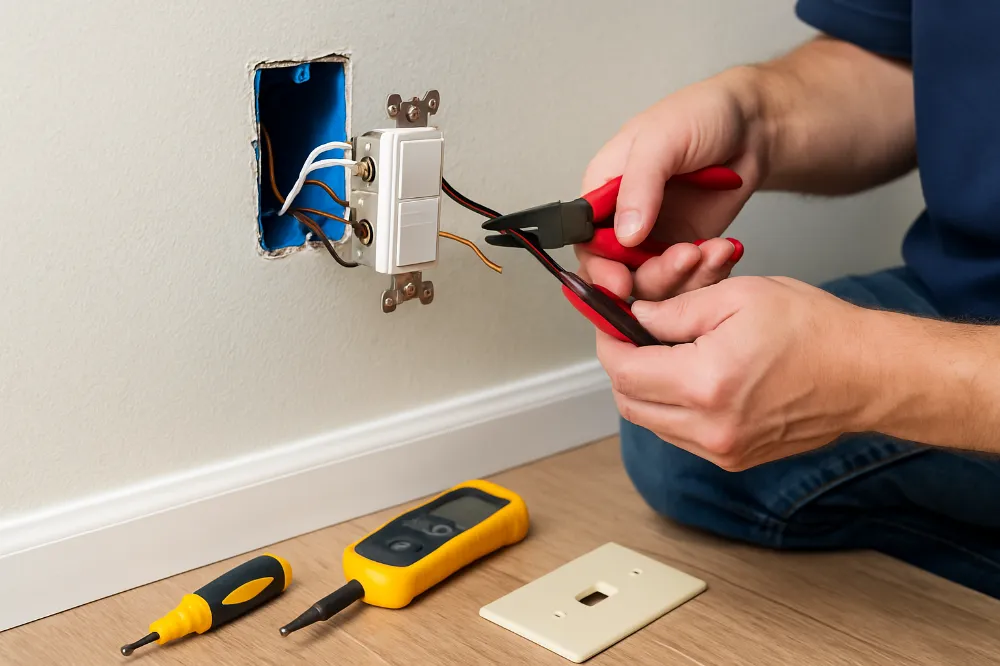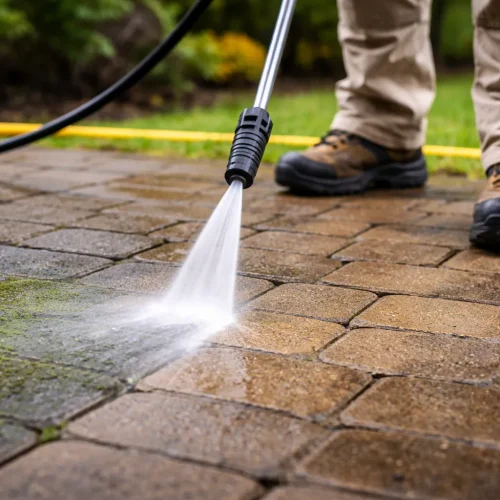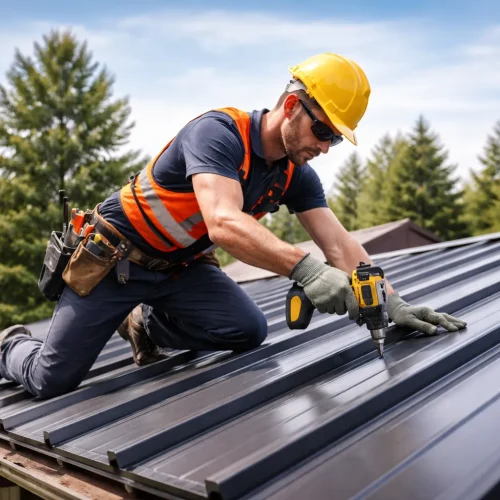
Doing projects yourself can feel empowering. Painting a wall, assembling furniture, even fixing a leaky tap, all these are the sorts of tasks that give you a sense of accomplishment while saving money. But when it comes to electricity, things are a little different. Electrical DIY can quickly cross from practical to dangerous if you don’t know your limits. The key question every homeowner should ask is: how far is too far?
Why Electrical DIY is Risky
Electricity is unforgiving. One wrong move can cause serious injury, damage appliances, or spark a house fire. In fact, according to the U.S. Fire Administration, electrical fires account for more than 6% of all residential fires in the U.S. each year. That number highlights why electrical work is best handled with caution.
While there are safe, simple tasks you can manage on your own, bigger jobs should always be left to professionals. Knowing the difference is essential for both your safety and your home’s wellbeing.
What You Can Safely Tackle
Not all electrical tasks are off-limits for DIYers. Some small jobs are manageable, provided you take precautions like turning off the breaker and using the right tools. Common safe DIY tasks include:
- Changing lightbulbs
- Replacing outlet covers or switch plates
- Resetting circuit breakers
- Installing battery-powered smoke detectors
- Plugging in surge protectors for extra appliance safety
These jobs don’t involve rewiring, high-voltage connections, or complicated systems, which means they carry far less risk.
When to Call the Pros
As soon as your project goes beyond the basics, it’s time to bring in an electrician. Here are examples of tasks you shouldn’t attempt on your own:
- Installing new outlets or light fixtures that require wiring, or setting up specialized electrical equipment like a rotary phase converter, should always be handled by a licensed electrician.
- Running new electrical circuits.
- Replacing or repairing circuit breakers.
- Upgrading your home’s electrical panel.
- Installing outdoor or high-voltage systems.
These jobs require expertise not just for safety but for compliance. Electrical codes vary from state to state, and unlicensed DIY work could leave you liable if something goes wrong.
The Importance of Inspections
Even if you haven’t touched your wiring, electrical systems age and develop problems over time. Regular inspections are a smart way to ensure your home stays safe. A home electrical safety inspection can catch issues like faulty wiring, overloaded circuits, or outdated panels before they turn into serious hazards.
Remember, different states may have different laws and guidelines regarding electrical installation. In Alabama, for example, a home electrical safety inspection should take place every 5 years, but there are no hard rules around this. Wherever you live, following expert advice and keeping up with inspections gives you peace of mind that your home is secure.
Warning Signs You Shouldn’t Ignore
Sometimes, your home will tell you when something isn’t right. If you notice any of these warning signs, it’s time to call an electrician immediately:
- Flickering or dimming lights
- Frequent tripped breakers or blown fuses
- Outlets that feel warm to the touch
- Burning smells near outlets or switches
- Sparks when plugging in appliances
- Outlets that don’t hold plugs securely
Ignoring these issues can increase the risk of fire or electrical shock. It’s better to address small problems early than wait until they become dangerous.
Striking the Balance
The key to safe DIY is knowing your limits. Swapping a lightbulb or tightening a loose outlet cover? Go ahead. Installing a new ceiling fan or troubleshooting wiring behind your walls? That’s where a licensed electrician comes in.
By balancing what you can do yourself with when to call for help, you protect not just your home but also your family. Plus, hiring a professional ensures your work meets safety standards and won’t cause problems during future home sales or inspections.
Final Thoughts
Electrical DIY can be rewarding in small doses, but it’s not an area where you want to push your luck. Simple tasks like changing bulbs or replacing covers are fine, but anything involving wiring, circuits, or panels is best left to professionals. Regular safety inspections, tailored to your state’s recommendations, give you added assurance that your home’s electrical system is in good shape. When it comes to electricity, caution isn’t just wise, it’s essential.
Common Questions
Simple jobs like changing lightbulbs, replacing outlet covers, or resetting circuit breakers are generally safe if you cut power at the breaker first.
Electricity can cause shocks, fires, or serious injuries if handled incorrectly. Even small mistakes can have dangerous consequences.
If the task involves wiring, circuit breakers, new outlets, or panels, it’s best left to a licensed electrician.
If it requires wiring changes, it’s safer to have an electrician handle the installation to avoid hazards and code violations.
Many experts recommend inspections every 5–10 years, though some states, like Alabama, suggest every 5 years.
Flickering lights, frequent tripped breakers, warm outlets, or burning smells are red flags that need immediate attention.
It depends on your state’s building codes. In many places, unlicensed work is restricted and may cause issues with insurance or resale.
While small fixes can save a little, tackling big jobs without expertise can cost more in damages, repairs, or safety risks.
A voltage tester, insulated screwdriver, and circuit breaker finder are handy for basic, non-wiring jobs.
Stop using it immediately and call an electrician—sparking outlets may indicate loose connections or faulty wiring.
No, surge protectors help safeguard appliances but do not fix underlying electrical issues.
Yes, inspections can catch hidden issues before they become dangerous, giving you peace of mind.












